
Bio-chromatography development and manufacturing company, BIA Separations, has signed a license agreement with the University of Zagreb to commercialize a novel elution method for virus and viral vector purification.

Bio-chromatography development and manufacturing company, BIA Separations, has signed a license agreement with the University of Zagreb to commercialize a novel elution method for virus and viral vector purification.

An evaluation by USP indicates bovine heparin is a potential alternative to porcine heparin.
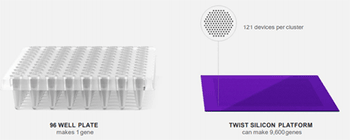
Synthetic biology can help researchers circumvent the challenges of traditional methods of antibody generation.
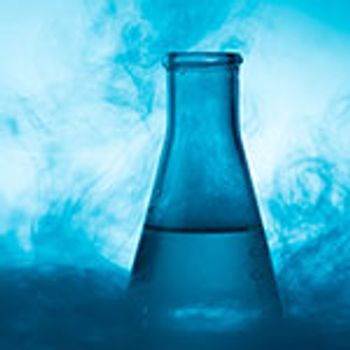
Researching excipient grades and sources, as well as screening suppliers and materials, form the basis of programs to mitigate risk.

Analytical solutions are improving for raw material testing, drug product release process development, and more.

Complex protein structures pose analytical challenges that can be addressed by advanced mass spectrometry technologies and workflows, which can be used to comprehensively characterize them.

The partners will collaborate on developing scale-up chip-based technology to enable commercial-scale production of a third-generation DNA synthesis platform.

The company’s new Milliflex Oasis System provides enhanced result reliability, increased productivity, and advanced traceability.

The Ireland-based company can now offer complete elemental impurities testing services.

Past mistakes and misstatements have adversely influenced industry decontamination practices with vapor phase hydrogen peroxide, and this article endeavors to clarify the process.
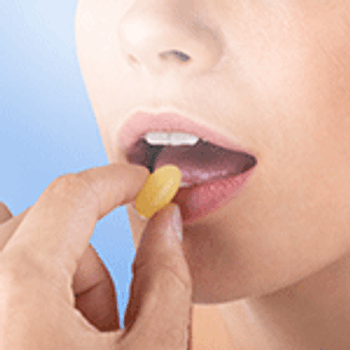
The aim of this study was to prepare taste-masked drug-resin complex using ion exchange resin Kyron T-134.
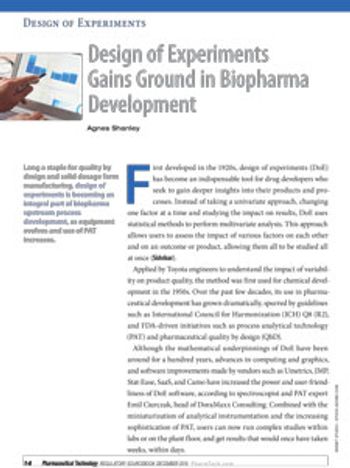
Long a staple for quality by design and solid dosage form manufacturing, design of experiments is becoming an integral part of biopharma upstream process development.

The Raised Stopper Inspection machine from Antares Vision verifies proper sealing of freeze-dried vials.

GE Healthcare Life Sciences and Advanced Solutions Life Sciences (ASLS) are partnering on 3D-printing of tissues that can be used for discovery and cytotoxicity testing.
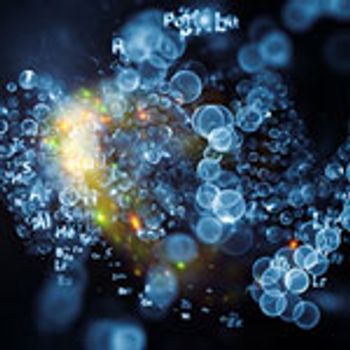
The key is to ensure that excipients only interact with APIs via desired mechanisms.

As regulatory bodies extend the oversight of E&L testing, companies working with drug products need to make provisions on how to best comply with the evolving expectations.

As equipment evolves and use of PAT increases, DOE is becoming an integral part of upstream bioprocess development.
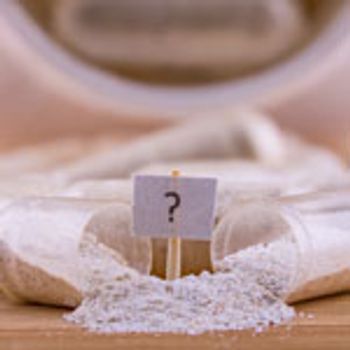
This article discusses reduced sampling and testing of starting materials or components. Different strategies are presented to reduce the workload at the steps from sampling to release. Viewpoints from the different pharmacopoeias and regulatory authorities, as well as selected literature, are reviewed.

The new service will assist pharmaceutical companies with quality control and analytical requirements.

Through the agreement, Samsung will provide flexible business terms while offering full regulatory support and improved batch release from small to large scale.

The author provides an overview of common residual moisture methods for lyophilized drug products and key points to consider during method selection and method development.
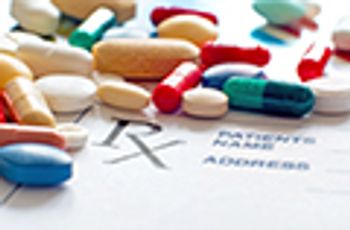
Several factors must be considered when reformulating APIs for pediatric, geriatric, and other specialty patient populations.

The company is expanding its bioanalytical capacity and capabilities to support biologic drug development, cell and gene therapy development, and biomarker analysis.

Pfizer has issued a voluntary recall of batches of its docetaxel injection 80 mg/8 mL due to impurity concerns.

The root cause of NDMA contamination may go well beyond manufacturing problems, to the molecule itself.